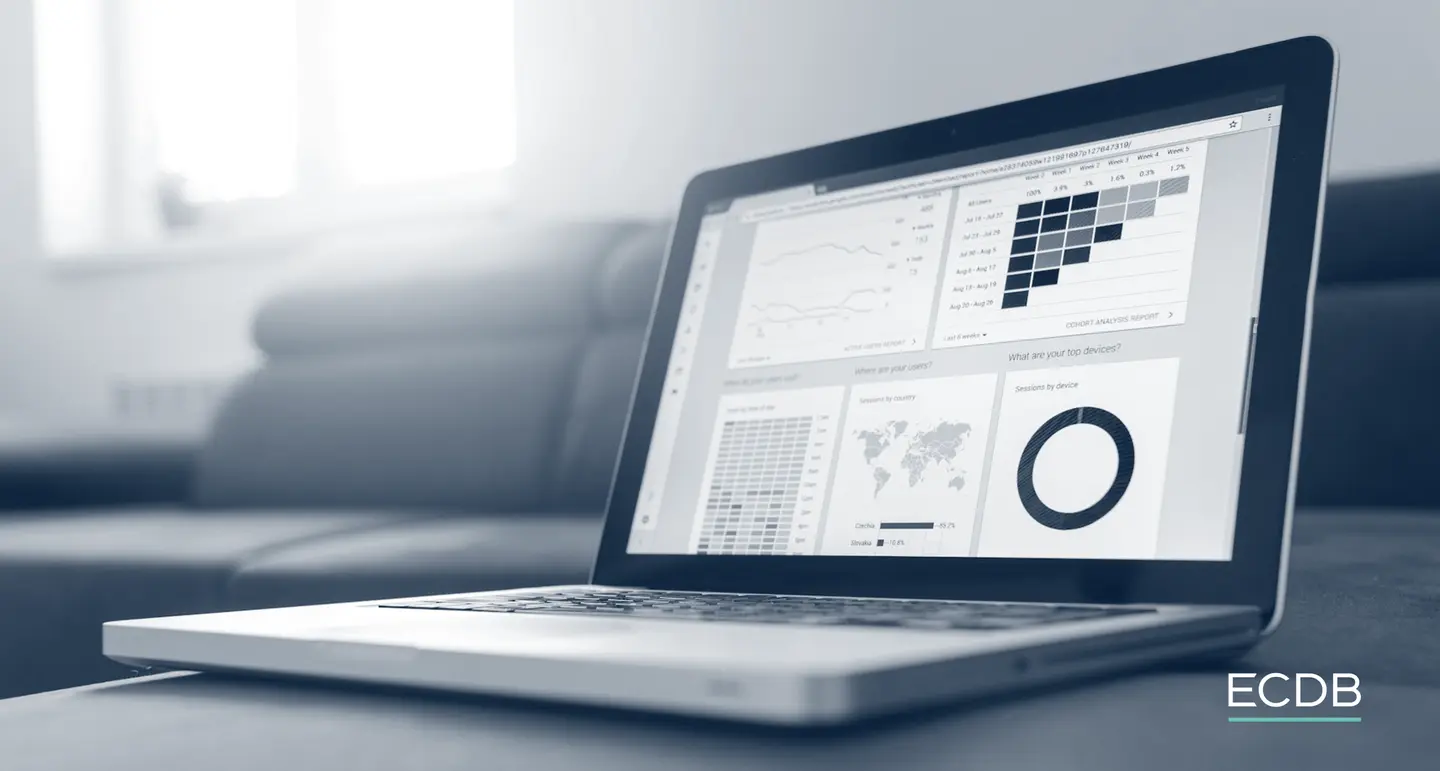Customer lifetime value
Customer Lifetime Value (CLV) is a metric that measures the total expected revenue a company can expect to receive from a typical customer over the customer's lifetime. It evaluates both the total average revenue and profit generated by a customer. Analyzing CLV provides useful insight into customer interactions with your company and assesses the effectiveness of your marketing strategy. For a deeper understanding, segmenting CLV by quartile or other customer categories can reveal specific patterns. This segmentation allows companies to identify successful strategies with high-value customers and replicate that success across the customer base.





